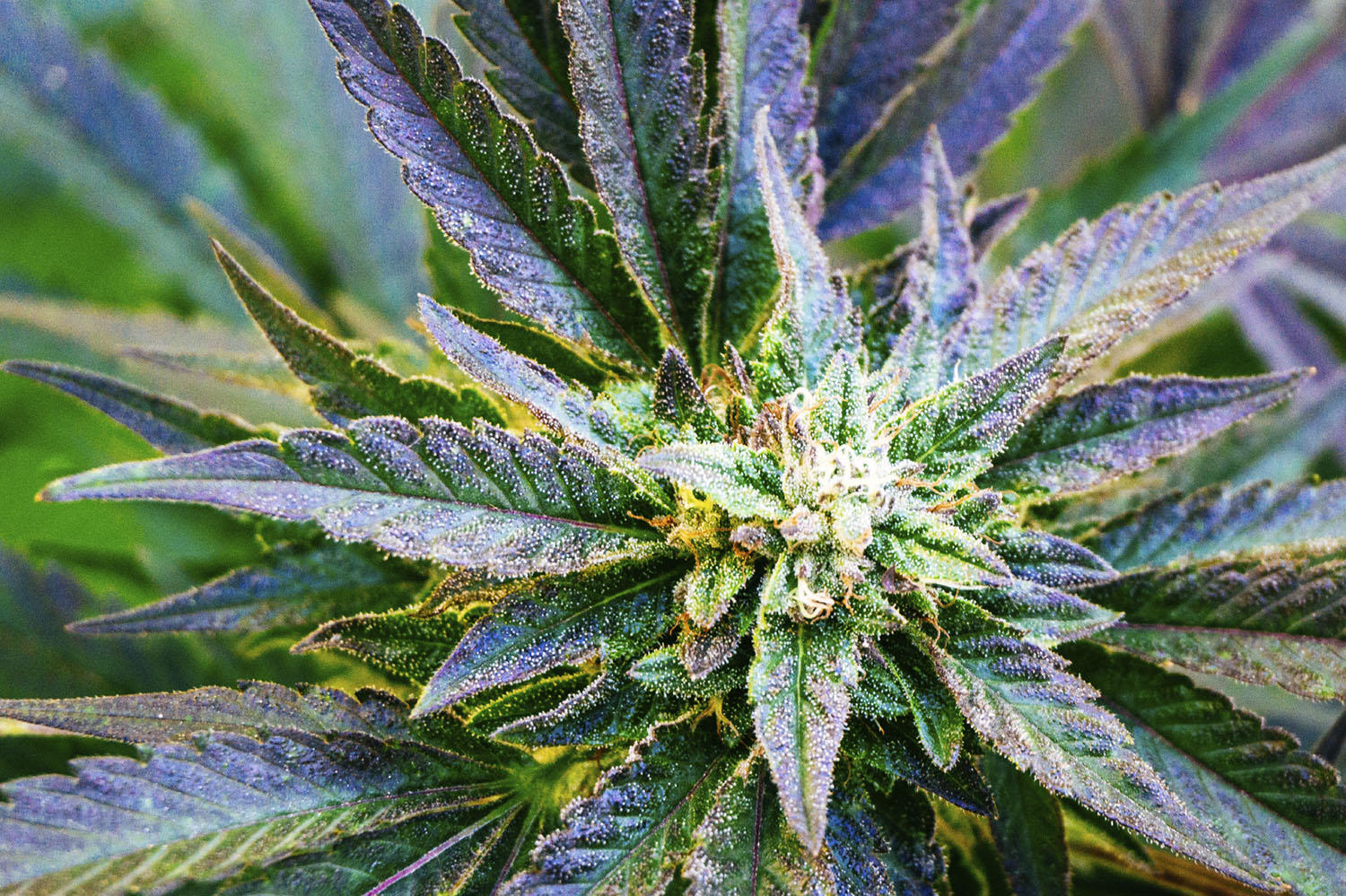Cultivating cannabis plants, especially in confined or discreet places, can be tricky. The more plants you want to grow, the more power you’ll need for lighting. In traditional horizontal setups, the plants will grow one next to the other. Most of the light coming from the source will not reach the plant. More space is taken up and energy is used less efficiently. Stadium growing is where plants rise on tiered shelves around a central light source. This solves part of the problem by increasing the amount of light reaching the plants. However, there’s an even more efficient way to grow plants in tight spaces.
VERTICAL FARMING
Vertical growing has been known to more than double the amount of space available for cultivation compared to horizontal growing. Multiple shelves can be stacked in a square or hexagon around a central light source. Plants can produce impressive yields when arranged properly in these conditions. They can be stacked on shelves or arranged with trellises and strings. These setups take up less space for growing, allowing you to potentially grow more plants. It also reduces your energy bill along with the environmental impact of indoor growing.
The central light source will need to be kept cool. This will be easiest to manage with energy-efficient LED lights. A cooling fan under the central light source should dissipate heat upward. Wherever you’re doing this, good ventilation is a given. As your plants grow, be sure to trim unproductive parts. You can also use the string grids of screen setups to shape the growth of plants further. You want a nice even shape to your plant. Be sure to rotate your crops so that each side gets an equal amount of time facing the central light source.
DIFFERENT HYDROPONIC SYSTEMS
You should see hefty yields from resilient strains at any time of year with this setup. You just need one more thing – a steady water supply for cultivation. Maximising the efficiency of your watering schedule requires a resourceful hydroponics system. There are number of ways to set up the distribution of hydration and nutrition effectively. The arrangement of the plants makes a difference, such as whether they are inside a tent or a larger space, or if they can be mechanically rotated around a light source. It is also possible for the vertical light source to come from the perimeter and not the centre of the plants.
Once you have the materials assembled, they will impact what kind of hydroponic system you can run. For example, using corrugated piping to spiral around your light source makes watering easy with hosing setups. It is also possible for nutrient film to drip water and nutrients onto your plants gradually. This can be done to the roots of plants, or continuously above with well-positioned drippers.
If you take cannabis cultivation seriously, it’s time to start being economical with your time, energy, and space. Vertical cultivation could be the solution you need to get more bang for your buck.
QUICK TIPS FOR VERTICAL GROWING
Finally, we want to give you some quick tips for vertical growing to help you get started:
• Choose the right strain
Since you want to maximise your space and grow as many plants as possible with a preferably even canopy, the first important consideration is the type of strain you want to grow. You want short-growing, non-stretchy plants that don’t overgrow their given space. Also, the flowering phase should be initiated as soon as possible to keep their height manageable. Furthermore, it is a good idea to opt for strains that are resistant to diseases because they pose a common threat in vertical grows.
• Plan your grow room accordingly
By this, we mean leave enough space around the racks for plumbing, air movement, and worker access. Of course, you want to maximise your yield and pack as many plants into a room as possible, but you should not forget that the room needs to be functional for you as a grower as well. That means the grow trays must be removed regularly for cleaning and replacing purposes. If you don’t leave enough space for these kinds of grower tasks, your vertical grow can become frustrating very quickly.
• Choose the right light
You want a light that can penetrate your whole canopy evenly and at a close distance. While there exist several options for said lights, the best are definitely LED lights due to the very low amount of heat they emit. LEDs have the best light spectrum options (oftentimes adjustable) for the different growing phases of cannabis, and are just as powerful as other light sources. Visit our store for some excellent grow lights here: https://ledgrowlight.co/shop
• Keep your watering system clean
As with all automated watering systems, reservoirs and pipes should always be kept clean to avoid the risk of salt buildup and the formation of bacteria. Moreover, you should replace all the plumbing between the reservoir and spigots every few cycles to ensure a clean delivery of nutrients. Additionally, you should plan how to manage your wastewater. Most of the time, floor drains will suffice to collect any runoff, but sometimes your setup may require pumps and holding tanks for the runoff.
• Start simple
If you’ve never done a vertical grow before, it is best to start slow and simple; you can always extend your operation later. Using two tiers in the beginning should be enough to keep you busy. Usually, if you use more than two tiers, the grow will become much more difficult in terms of design and functionality. Three or more tiers will complicate your vertical grow and require much more advanced—and therefore costly—cooling and ventilation equipment. Moreover, keeping it simple at first will ensure a much safer growing and working environment so that you can get the most out of your operation.

